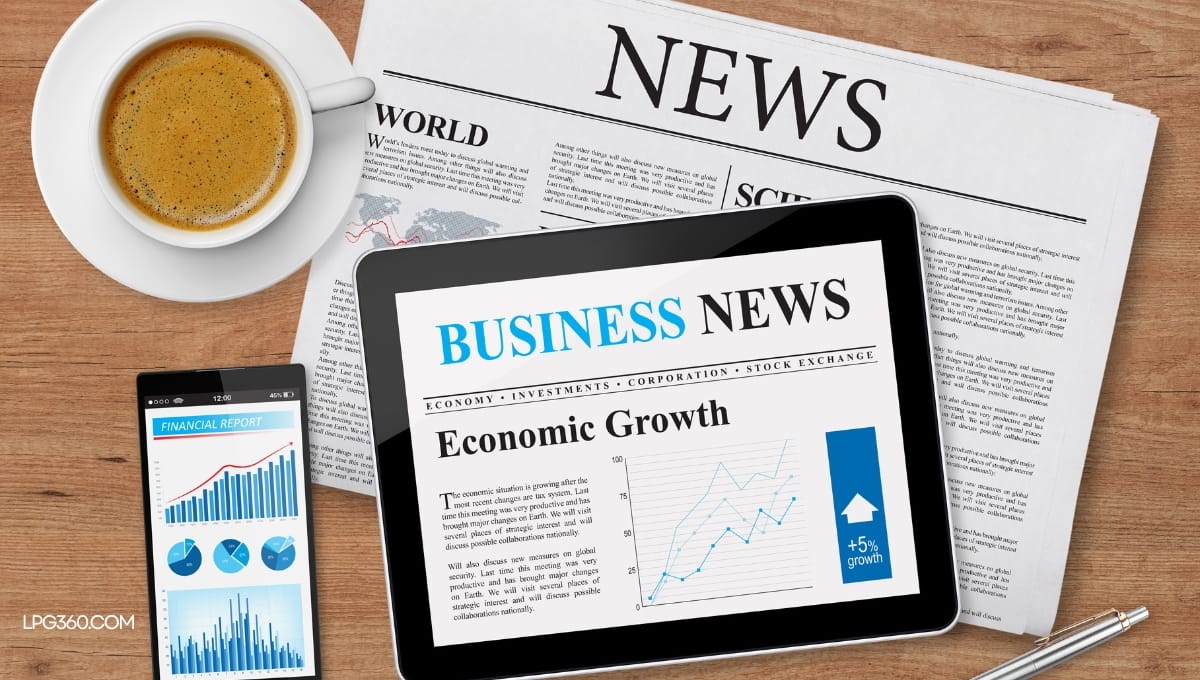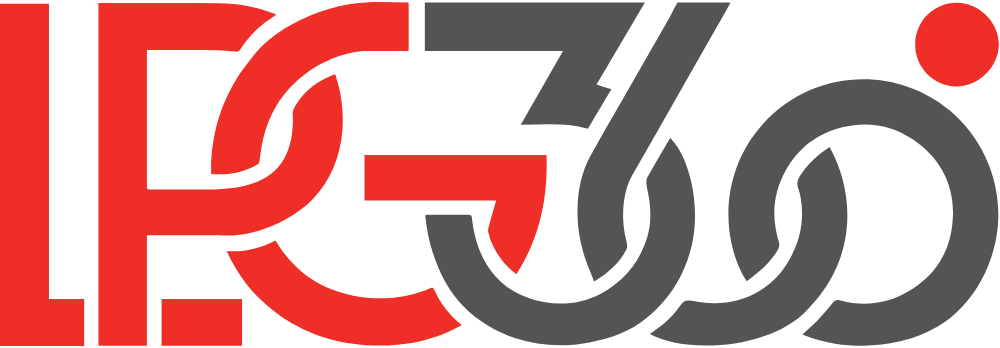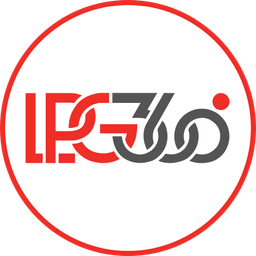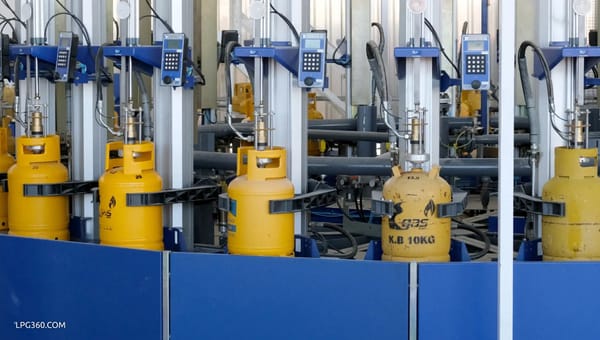The Role of Media in Shaping Public Perception of LPG

Media and news play a fundamental role in shaping public opinion, spreading information, and influencing societal change. From traditional newspapers and television to digital platforms and social media, the way people consume news has evolved rapidly. With the rise of the internet, news travels faster than ever, but concerns about misinformation, media bias, and credibility remain critical issues.
One important industry that relies heavily on media coverage is the Liquefied Petroleum Gas (LPG) sector. News reports on LPG pricing, availability, safety concerns, and environmental impact directly influence consumer behavior, government policies, and market trends.
Key Aspects of Media and News
The Evolution of News Media and Its Impact on LPG
In the past, newspapers, radio, and television were the primary sources of news. Today, digital media dominates, with online news websites, social media platforms, and independent blogs providing instant updates. This shift has impacted the LPG industry, as news about fuel shortages, price fluctuations, and government subsidies reach consumers in real-time.
For example, when LPG prices rise due to global supply chain disruptions, media coverage can shape public perception and influence government decisions, such as offering subsidies or price controls.
The Influence of Media on Public Opinion Regarding LPG
Media plays a crucial role in educating people about LPG safety, affordability, and environmental impact. Positive coverage highlighting LPG as a clean and efficient energy source can encourage adoption, especially in developing regions. Conversely, reports on accidents or price hikes can create fear and resistance among consumers.
Governments and LPG companies often use media campaigns to promote safe handling and benefits of LPG while addressing misinformation. This shows how news can directly impact energy consumption patterns.
The Role of Social Media in LPG Awareness
Social media platforms like Twitter, Facebook, and Instagram have become major sources of news. They allow real-time reporting and discussions on LPG-related issues, such as government subsidies, safety regulations, and environmental concerns. However, the spread of fake news about LPG explosions or misleading price information can cause panic and misinformation.
For example, false reports about LPG shortages can lead to panic buying, disrupting the market. Fact-checking and responsible reporting are essential to prevent unnecessary fear.
Challenges in Modern Journalism Related to LPG
- Misinformation and Fake News: False reports on LPG shortages, price hikes, or safety hazards can mislead consumers and create unnecessary panic.
- Media Bias: Some news organizations may report on LPG with a political or business agenda, influencing how people perceive its benefits and risks.
- Press Freedom and Censorship: In some countries, energy-related news, including LPG pricing and policies, is tightly controlled, limiting public access to transparent information.

Conclusion
Media and news remain essential pillars of democracy and informed decision-making. For the LPG industry, responsible journalism is crucial in ensuring that consumers receive accurate and balanced information about pricing, safety, and environmental benefits. While digital platforms have revolutionized news consumption, challenges like misinformation, bias, and censorship must be addressed. To ensure a well-informed society, audiences should consume news from credible sources, fact-check information, and engage in critical thinking.
#LPG #LPG360#Media #News #Journalism #PressFreedom #FakeNews #SocialMedia #MediaEthics #NewsConsumption #LPG #LPGNews #EnergySector #LPGMarket #FuelCrisis #LPGSafety #EnergyNews #GasPrices #LPGSubsidy #GreenEnergy #FuelShortage






